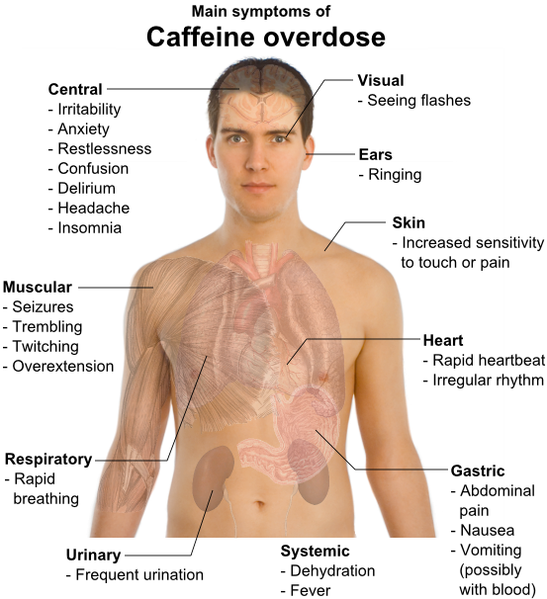
If you love traditional bread sticks, cake or cookies, you may find the recent popularity of the gluten-free diet bewildering.
Some bakeries and Italian restaurants now offer gluten-free products. you can find gluten-free pastas and breads in the aisles of many grocery stores. in fact, U.S. retail sales in gluten-free food increased 74 percent from 2004 through 2009, according to the Nielsen co.
That growth has been fueled in part by an increasing number of people who blame gluten, a protein found in wheat, for ailments such as weight gain, depression, indigestion, fatigue, flu-like symptoms and arthritis.
You need Flash installed to watch this video
“Anecdotally, there are lots and lots of patients who say that they have a gluten sensitivity,” said Maya Jerath, MD, PhD, the director of the Allergy and Immunology Clinic at the University of North Carolina at Chapel Hill School of Medicine.
But she said that while the condition is probably real for some patients, the medical community doesn’t understand it well and doesn’t have tests for it.
At the moment, the only medically recognized reason to adopt a gluten-free diet is a diagnosis of Celiac disease, Jerath said.
Celiac disease is an autoimmune disorder triggered by eating gluten or related proteins in rye and barley. in susceptible people, the proteins cause the body’s immune system to attack cells in the intestine called villi. The disease can disrupt nutrient absorption and lead to diarrhea, chronic abdominal pain, anemia, a rash and other symptoms. About one in 130 Americans has the disease, although many remain undiagnosed.
The good news, Jerath said, is that once Celiac patients adopt a gluten-free diet, their intestines return to normal and symptoms disappear.
Unfortunately, avoiding gluten can be a daunting task. in addition to baked goods, pastas, pizzas, breads and soup-thickeners, adherents must abstain from an array of processed foods and consumer items, including some beers, soy sauces, spices, salad dressings, communion wafers, lipstick and even Play-Doh.
Because the gluten-free diet is so challenging to follow, Jerath said you should be reasonably sure you have a gluten sensitivity or Celiac disease before you attempt it.
“The more restrictions you have to put on your diet, the harder your lifestyle becomes,” she said. “Why do something that’s hard if you don’t have to?”
TIPS
If you suspect you have Celiac disease:
• The disease can cause a wide range of symptoms. you can view a symptom checklist created by the National Foundation for Celiac Awareness here: doihaveceliac.org
• Talk with your doctor about your symptoms. to receive a formal diagnosis, you will need to take a blood test. if the test is positive, a doctor will likely perform a biopsy to confirm the presence of damaged intestinal villi. if you are diagnosed with Celiac disease, you can lead a long and healthy life, but you will need to to adopt a gluten-free diet.
• if you suspect you have non-Celiac gluten sensitivity: Unfortunately, no test can show for sure that you have a gluten sensitivity. but you should try keeping a food and symptom diary, Jerath said. You’ll need to record everything you eat for a set period of time, such as two weeks. you should also note your symptoms. After the record-keeping period is over, look for patterns. if you have a gluten sensitivity, your symptoms should appear in the diary each time you ate gluten. but if you ate gluten and then felt well at any time during the study period, you likely don’t have a gluten sensitivity, Jerath said.